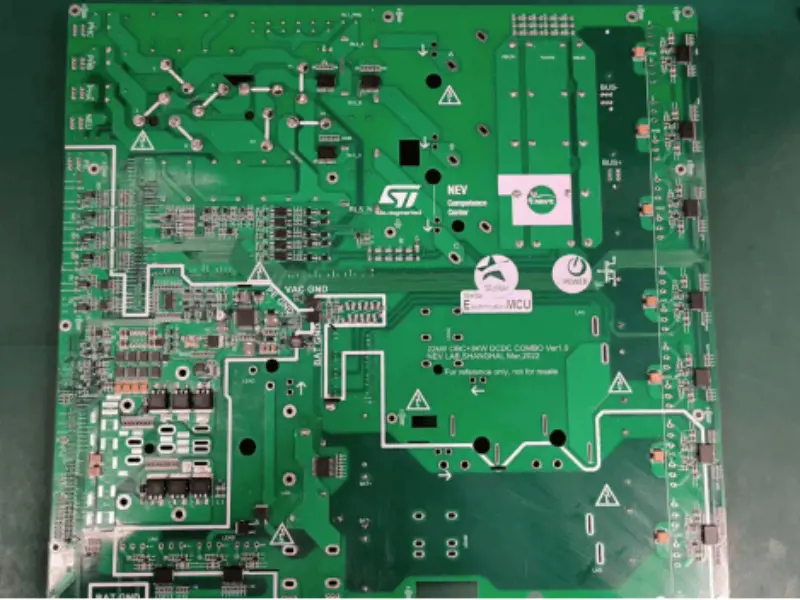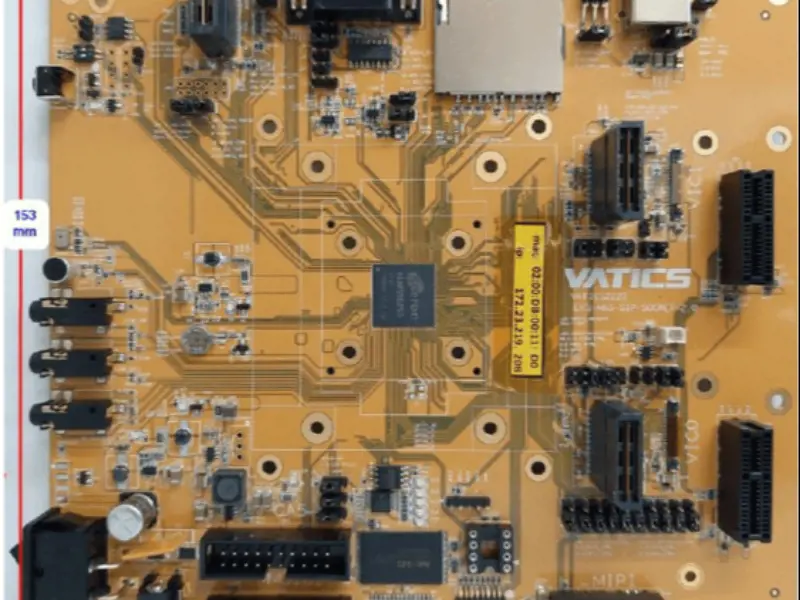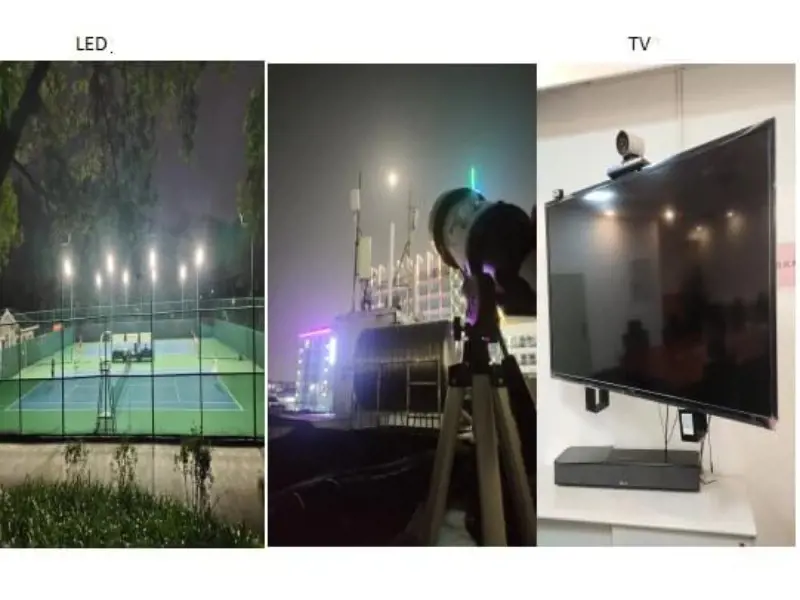Delta's Total Solution for Automation Products in Rubber and Plastic Cable Production Industry
1 Introduction
Over the past 20 years, the rubber and plastic cable machinery industry has developed as rapidly as any other industry; in the market competition after the WTO accession rubber and plastic machinery industry is facing serious challenges. Improving the level of automation technology of rubber and plastic production and manufacturing equipment can effectively enhance the comprehensive strength of the industry.
2 Process flow
Wire into the pay-off equipment in the pay-off tension control conditions, from the pre-formed roller wheel frame through and heated, by the extrusion machine extruded rubber material covered jacket. The wire covered with a rubber jacket enters the main speed traction device of the production line after high-temperature vulcanization controlled by a frequency converter at a production speed of one minute and then enters the post-processing stage through the auxiliary traction of the track. In the core wire breaking and forming process, the tension is detected by the tension frame as tension feedback, the speed is given by the main speed, and the wire is fed at a constant speed and tension, then cut and formed by the meter control. In the whole production line, the main and auxiliary traction control systems work in speed mode: including high-temperature treatment, microwave vulcanization, and post-heating speed tandem synchronization, and require all levels to be fine-tuned and synchronized at the latter level. The strip pay-off and forming control system works in constant torque mode, where the torque fluctuations caused by speed changes are controlled by the torque control system, which works in conjunction with each other to ensure constant speed and tension.
3 Overall solutions based on Delta's electromechanical products
3.1 One machine with multiple screens
Due to the long length of the line, the customer needed to install man-machines in different parts of the line so that they would not have to walk long distances to operate and monitor the equipment during operation.
A very special feature of Delta's man-machines is that they have three communication ports, and two of them can be configured in RS232, RS485, and RS422 at will, and each communication port is independent of the other. This makes it possible to use one communication port for each panel (in this case, the panel's COM3 is set to RS485 communication format 7 E 1 9600) to connect and communicate with each other. The exchange of data between the man and machine must be carried out using macro programs.
3.2 Communication slaves
According to the system inverter, temperature controller communication requirements of the fast requirements, the use of two 10.4-inch man-machines respectively with two EH PLC through the other two communication ports (COM1 COM2) for communication, that is not to ask as said above is not a machine multi-screen is not the same can be completed? Why is it necessary to do so much? So why do I have to do this here? Because in my actual debugging found the macro program to do a machine with multiple screens; if a lot of data, data exchanged using macro programs in the human machine, because a lot of data, the human machine processing speed is limited, and due to the baud rate limitations, to meet the very fast communication requirements will have some reluctance, then I use the PLC on the addition of DVP-F485 card (only as a slave), so that a PLC can communicate with two touch screen communication, so that I can communicate with the inverter, temperature controller communication piece without the human processing directly with the two PLCs, so that the slow communication problem is solved.
3.3 EASYLINK communication
According to the need to communicate with a large number of inverters and temperature controllers and communication requirements and timeliness be high, the use of Delta PLC has the EASYLINK function; the advantage of this function is that the bottom of the communication program has been written, you do not need to write their own complex communication program, you only need to set the corresponding special registers, so that both convenient and reliable and fast, EASYLINK function, please refer to the Delta PLC programming manual for the EasyLink function.
3.4 Frequency converter synchronization
The whole production line is controlled by 8 inverters; 8 inverters frequency control an assembly line, divided into seven sections of control, mainly using the convenience of Delta communication, with communication, read the frequency of the inverters at any time, anywhere, as long as one of the inverter frequency is found to change, will be based on a certain proportion, the several subsequent inverters to follow the change, in order to deal with the synchronization of the four-speed sections to control the tension.
Eight inverters, when there is a change in the frequency of one of the inverters (through analog change, or main frequency, proportional given) there is a change, then the several subsequent inverters will automatically correct the frequency according to the above relationship in order to ensure synchronization.
Moreover, when there are two or more inverters simultaneously, the frequency is fine-tuned by the analog quantity or changed by the man-machine in proportion to the main speed, then the previous one prevails. The subsequent ones must be shielded from modifying the frequency value, for example, if two operators are simultaneously modifying the analog quantity of the second and third inverter to fine-tune the frequency. The frequency modification value takes the second one as the reference.
The frequency value is the main frequency and the analog auxiliary frequency setting; in the field, when the analog auxiliary frequency change is unknowable, then the program must be written every moment to read the frequency, to understand the field inverter frequency value change, and the frequency read, but also according to the frequency change according to the proportion of the calculation, the calculated frequency value automatically written to the corresponding inverter by communication. Because the frequency is read every moment, and the frequency is given from two sources, the difficulty lies in when to write the comparative value to the register and then use this frequency value to compare with the read frequency as a reference value.
Using the following ideas to write the program and through debugging customer satisfaction debugging results. Originally wanted to use 04AD + 04DA, so although the writing procedure is simpler, because the customer site of this production line is too long (50 to 60 meters long), and fine-tuning of the analog volume must be close to each station, the customer wiring status is worse, in such a long line analog volume will have a great attenuation and interference, by means of communication will be relatively better, so the use of complete communication To solve the customer's synchronization requirements, the relative program requirements will be more complex to write, especially when to give reference to the comparison value, how to shield the frequency change of the next few stations.
3.5 PID function
This PID function is mainly used in the control of microwave heating, and I applied the PID function to improve the algorithm of variable speed integration and integral saturation limit so that the overshoot is very small and very stable when controlling.
4 Conclusion
Usually, the main difficulty of the overall solution lies in how to form an efficient and stable network according to the process requirements of the equipment so that the electrical products can communicate effectively. This case study gives an in-depth analysis and design approach to the communication problems of the automation system integration project. Based on Delta's single automation platform, the solution provides an engineering advantage over heterogeneous automation platforms that often need help integrating smoothly.
Previous: Huawei's innovative emergency communication solutions,create an efficient and safe city
Next: Renesas Electronics Launches PLC Solution for Voice Communication Over Power Lines







